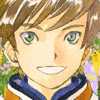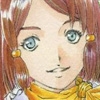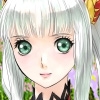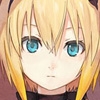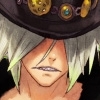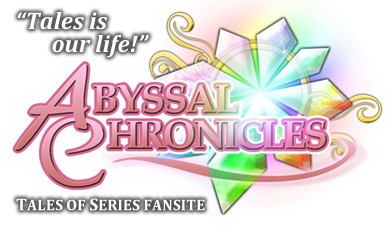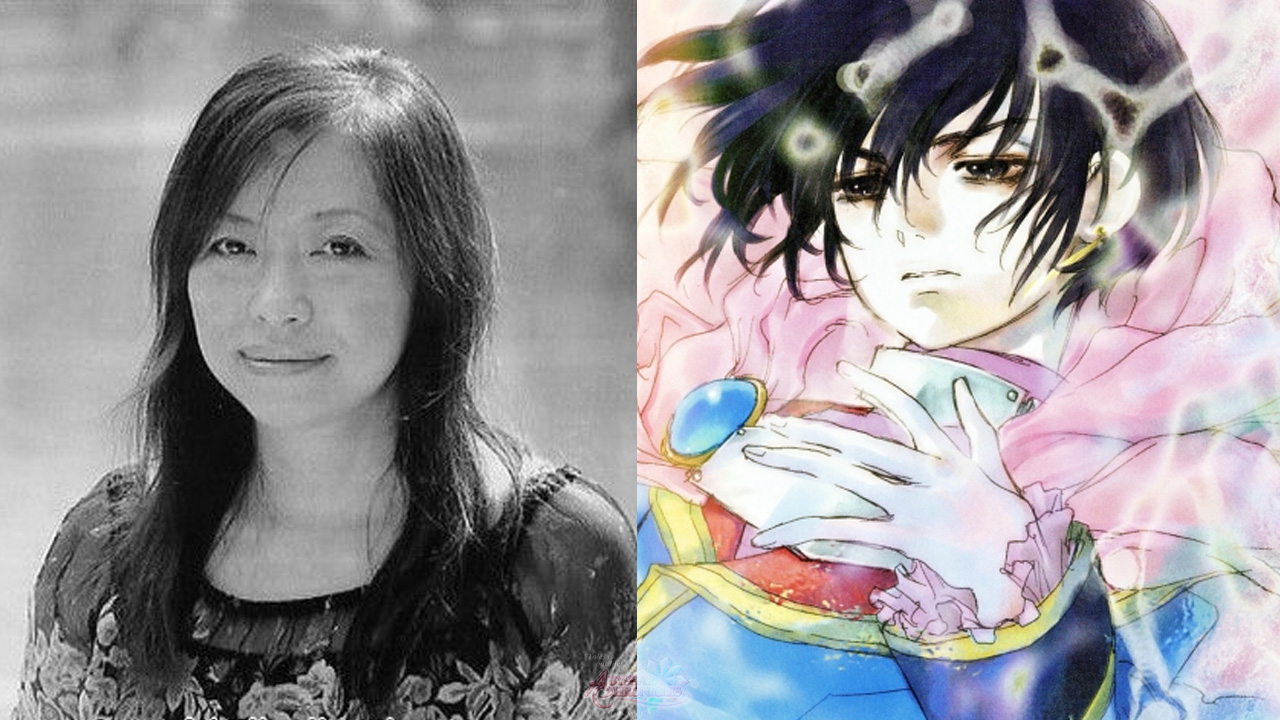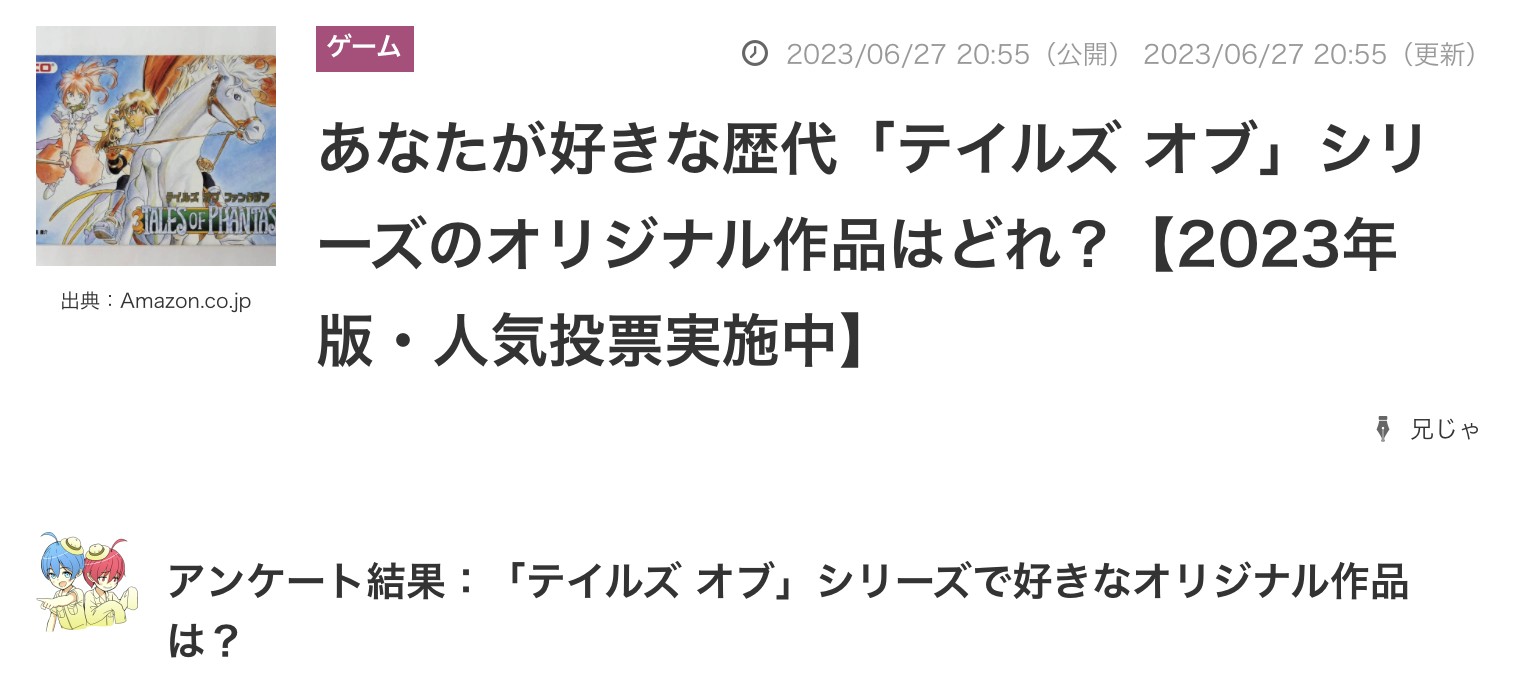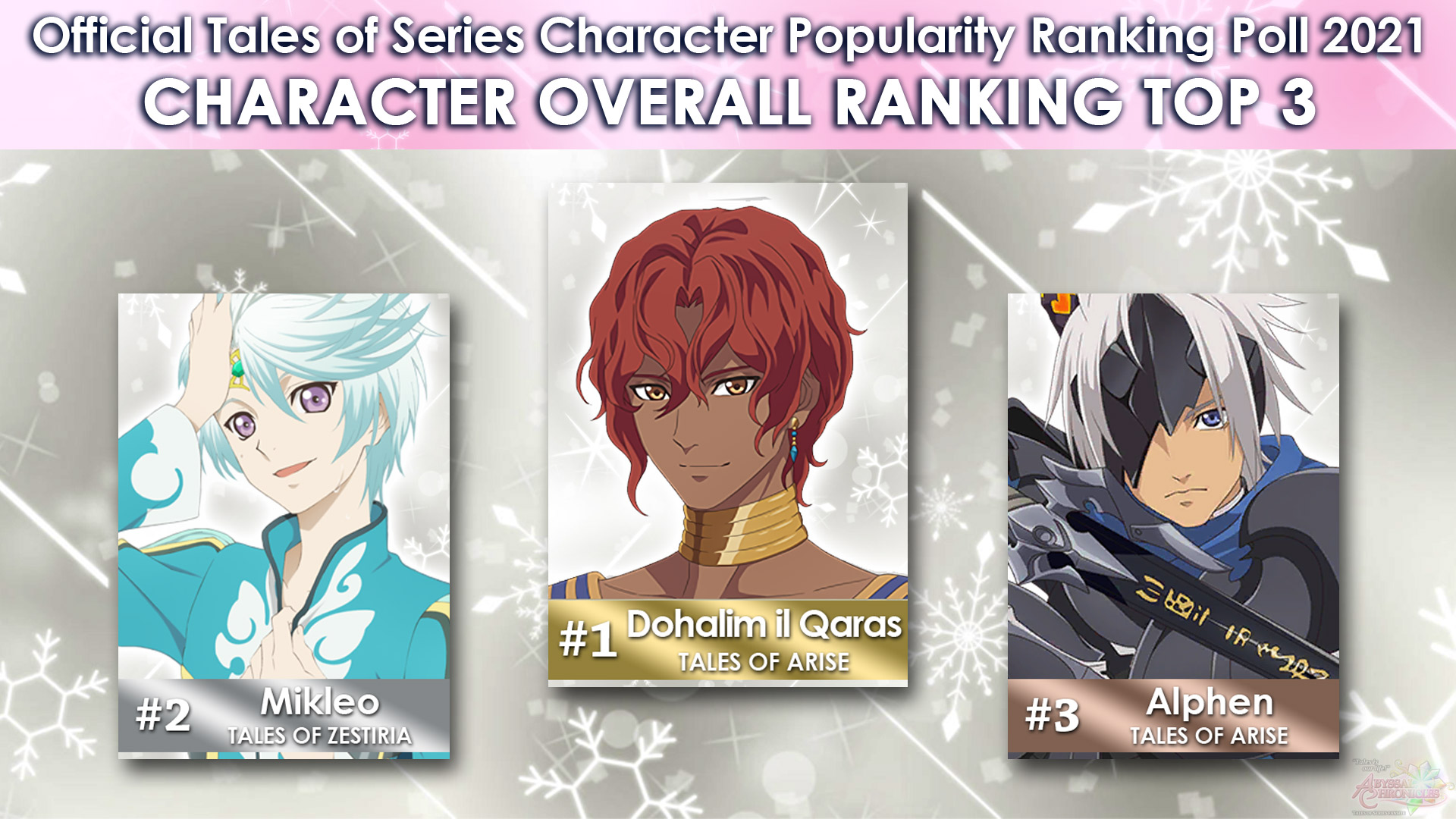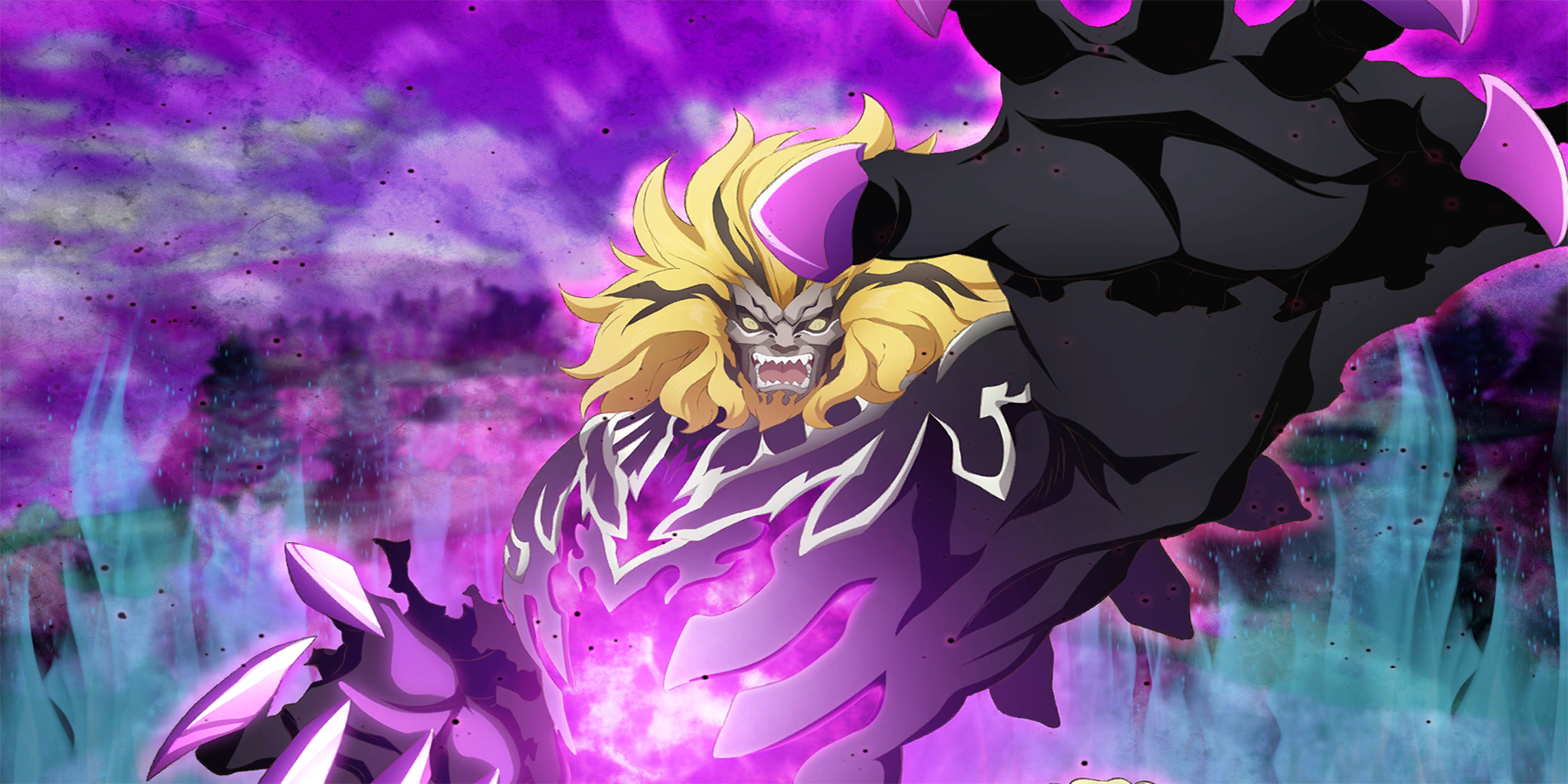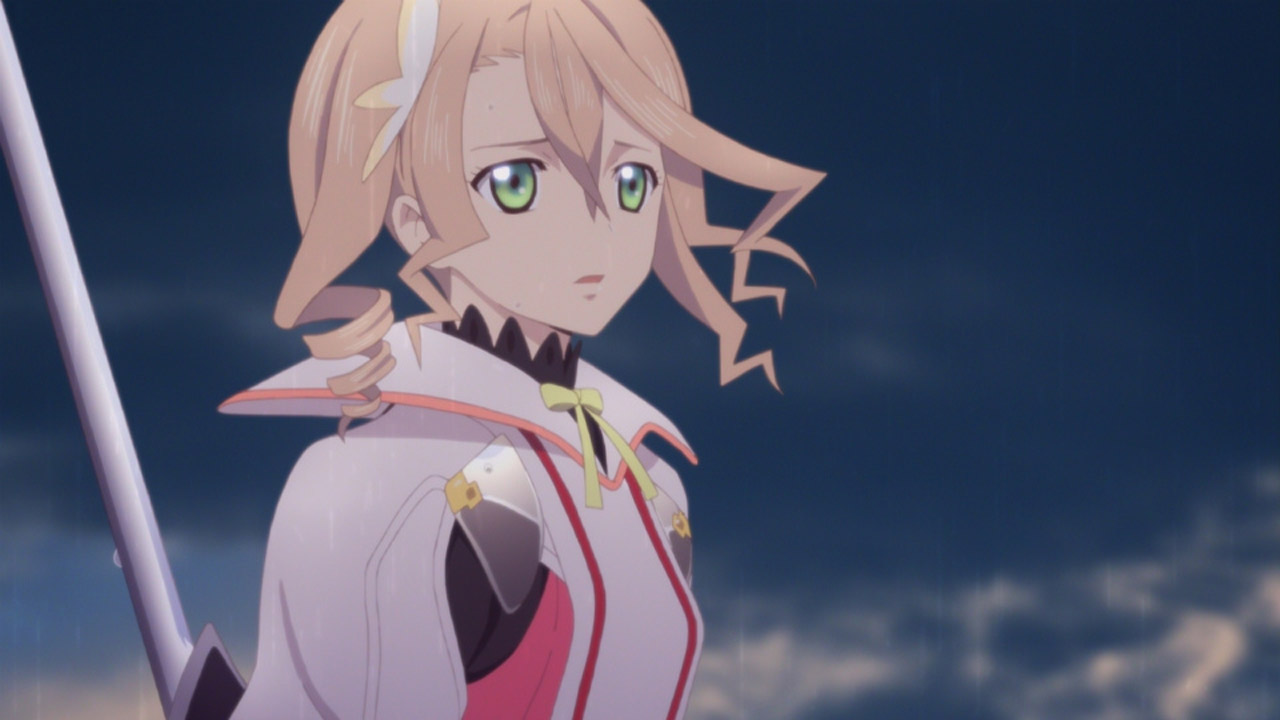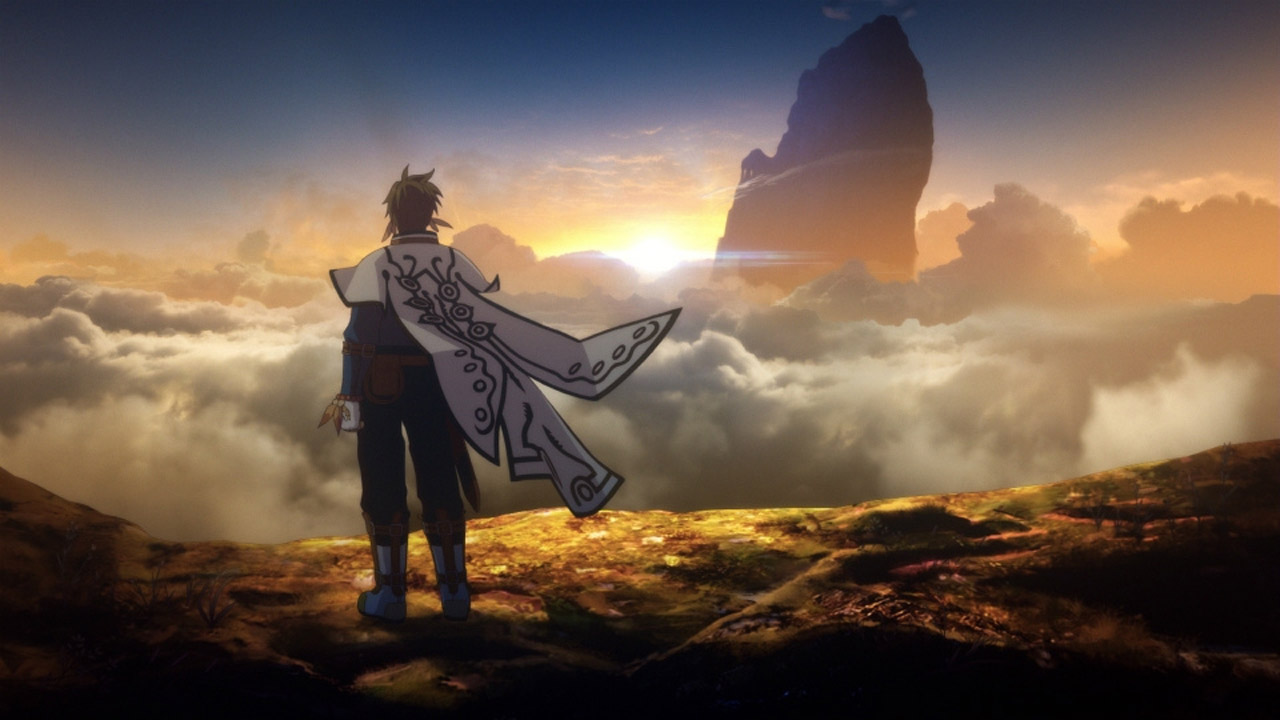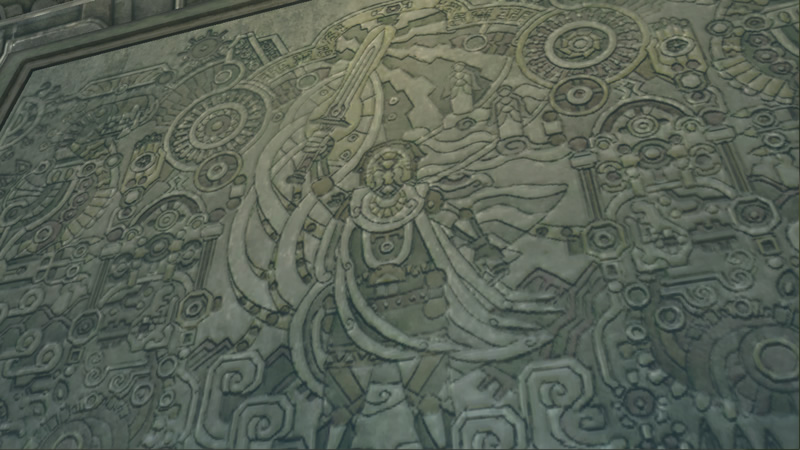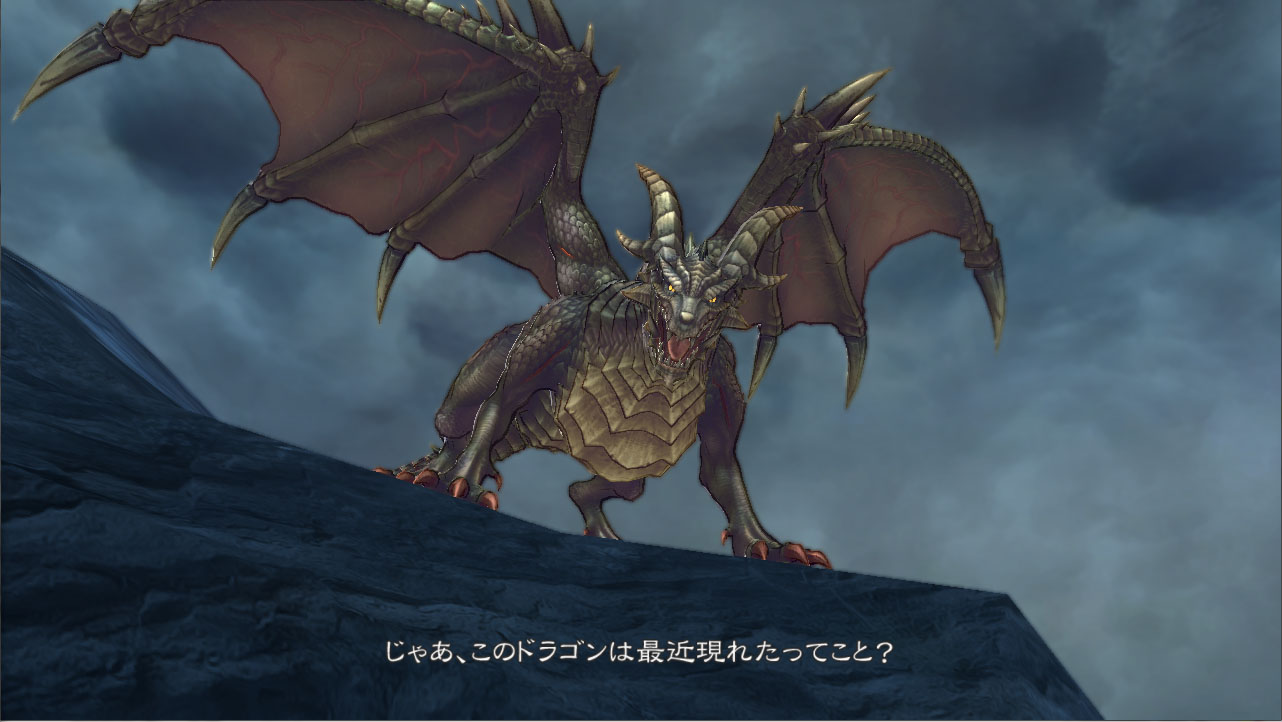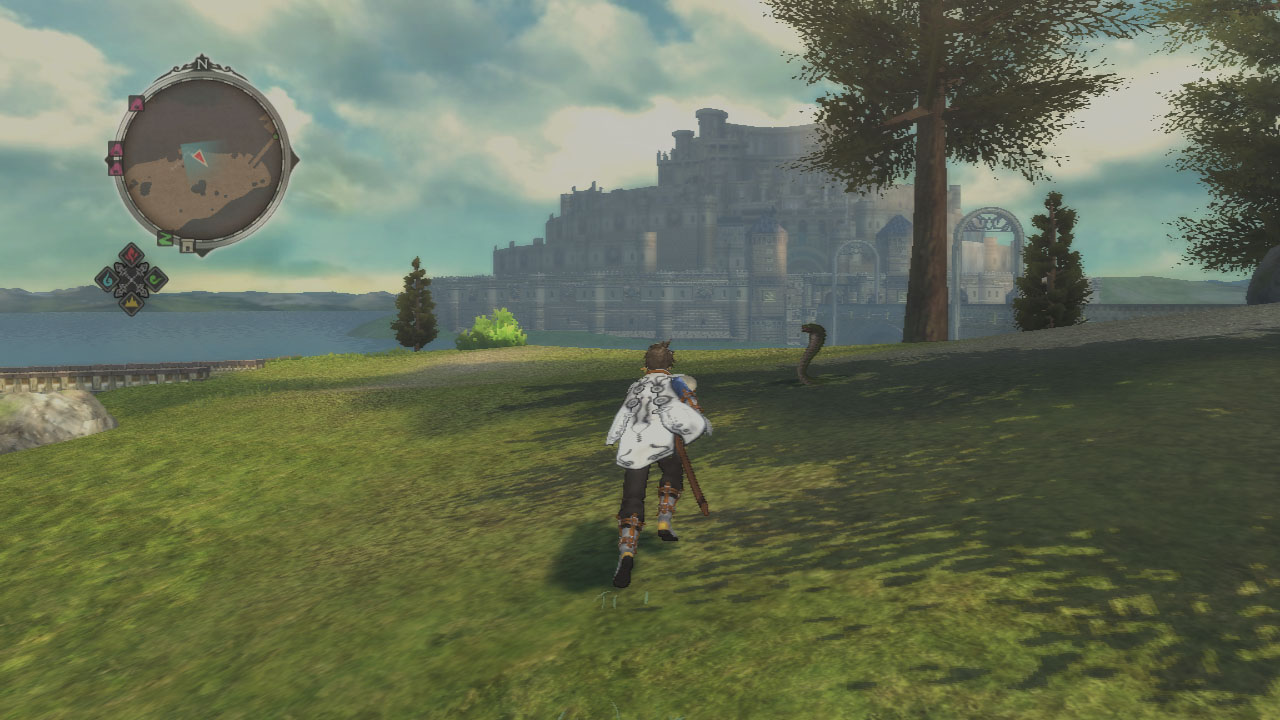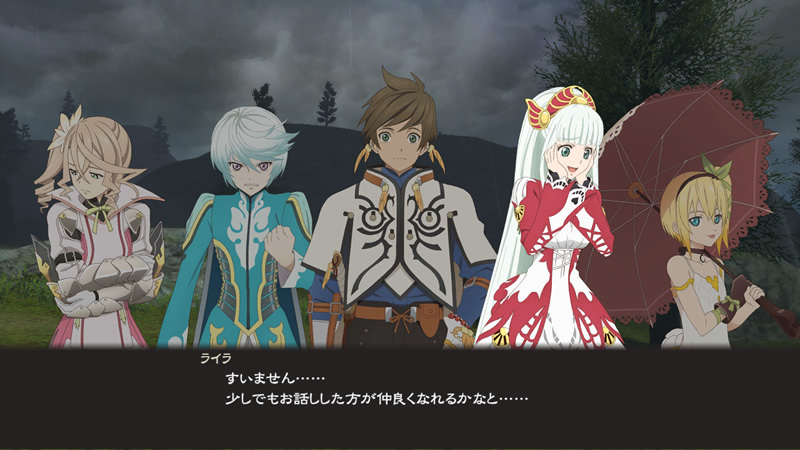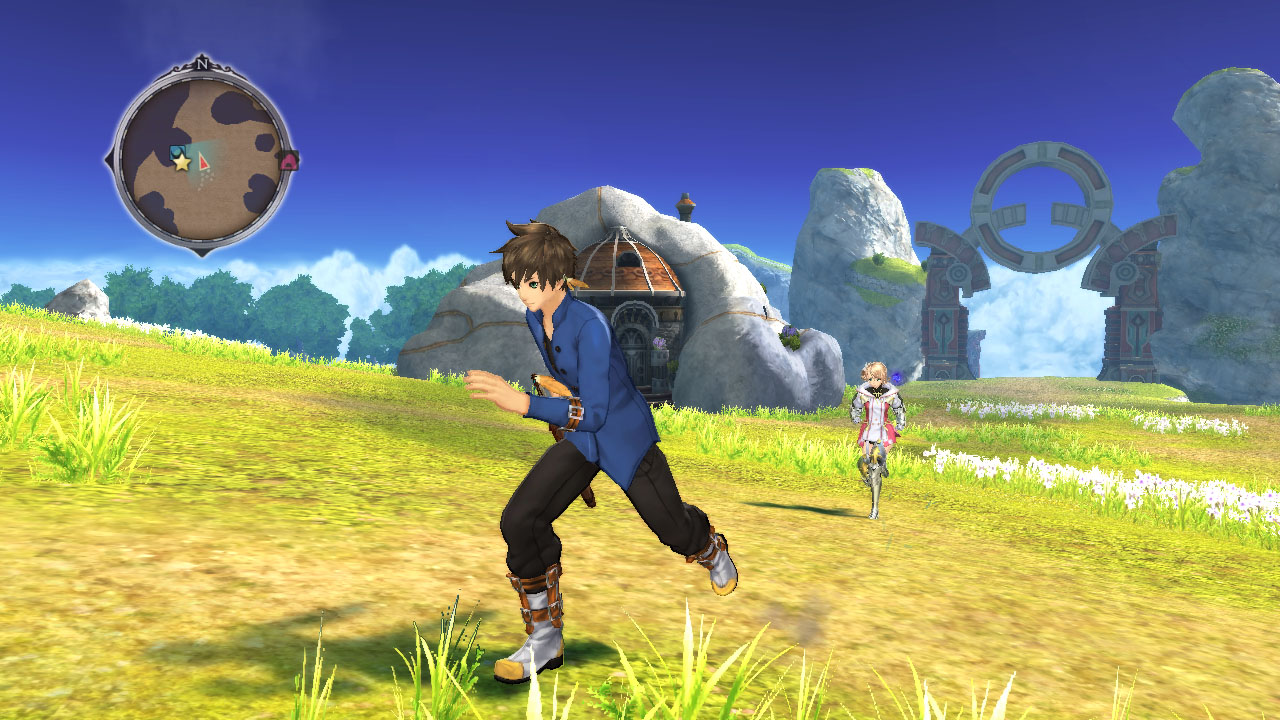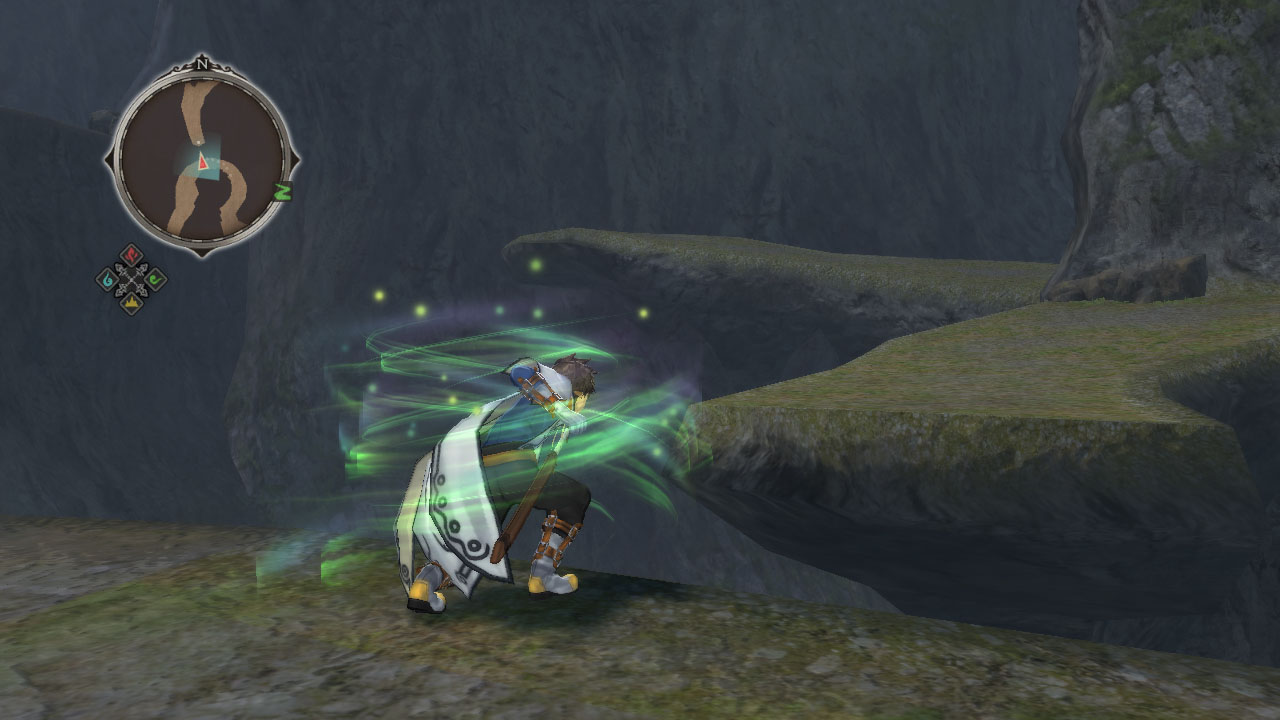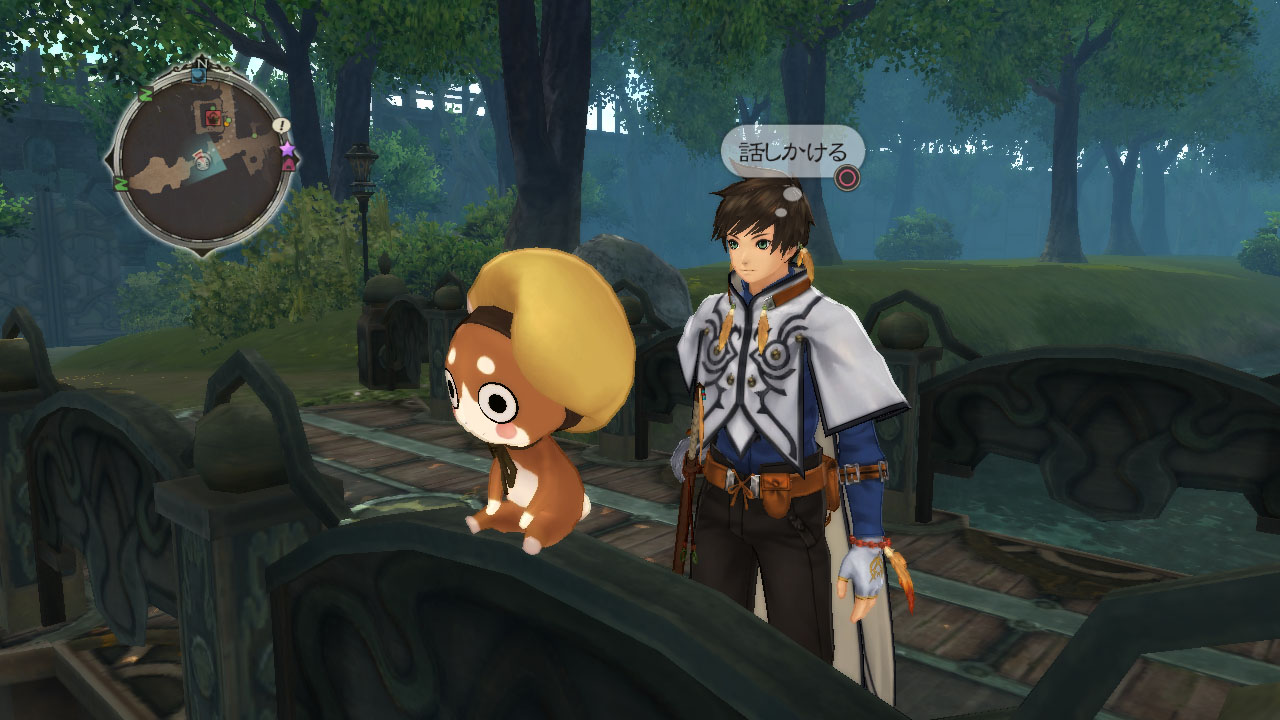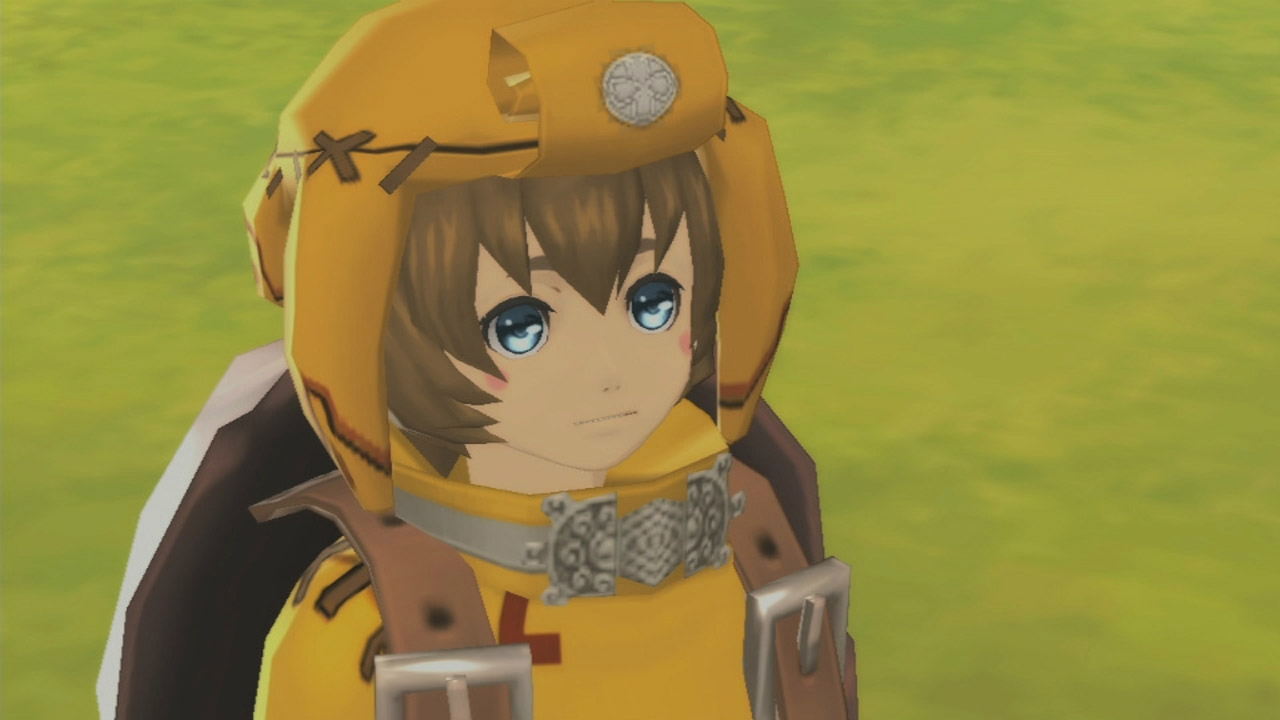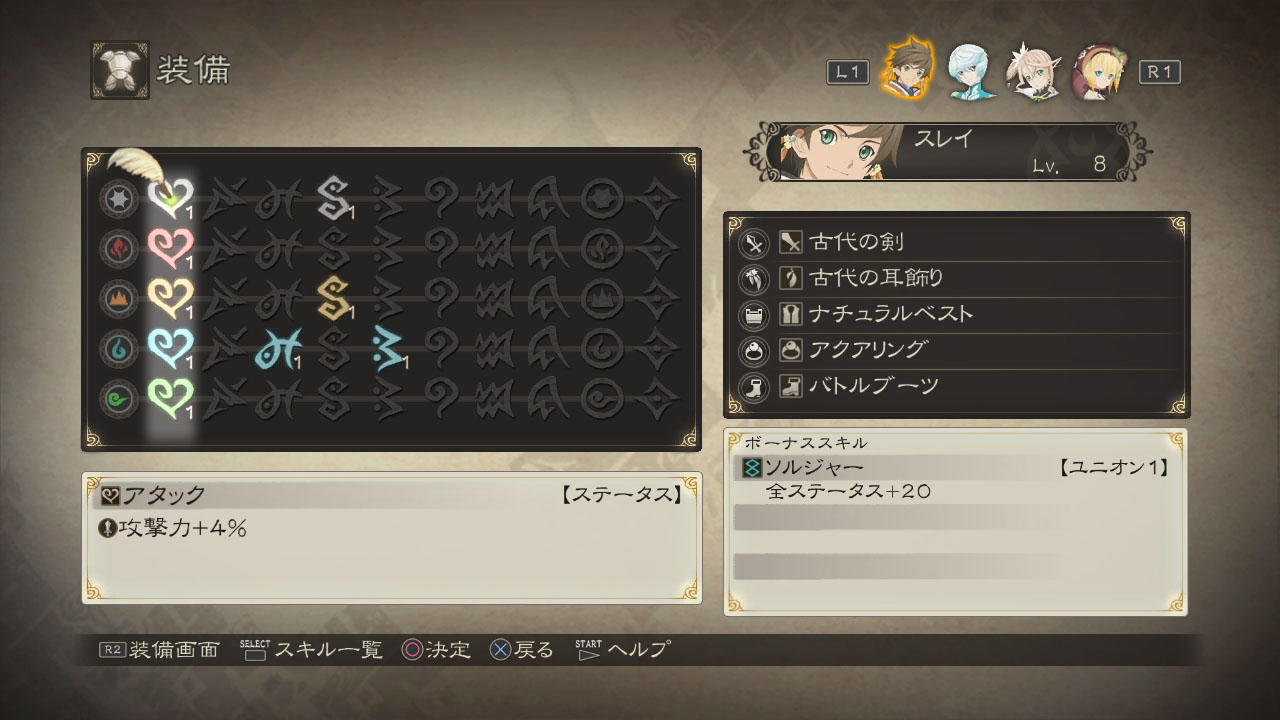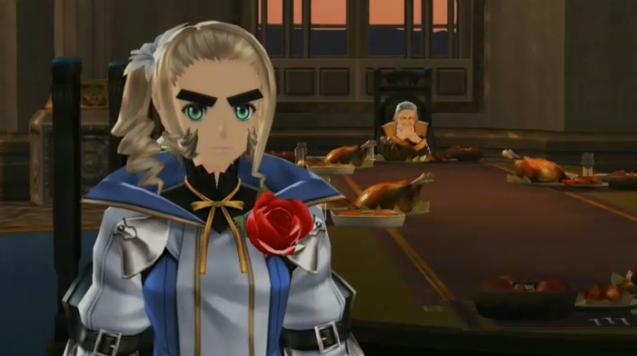Battle System
Fusionic Chain Linear Motion Battle System
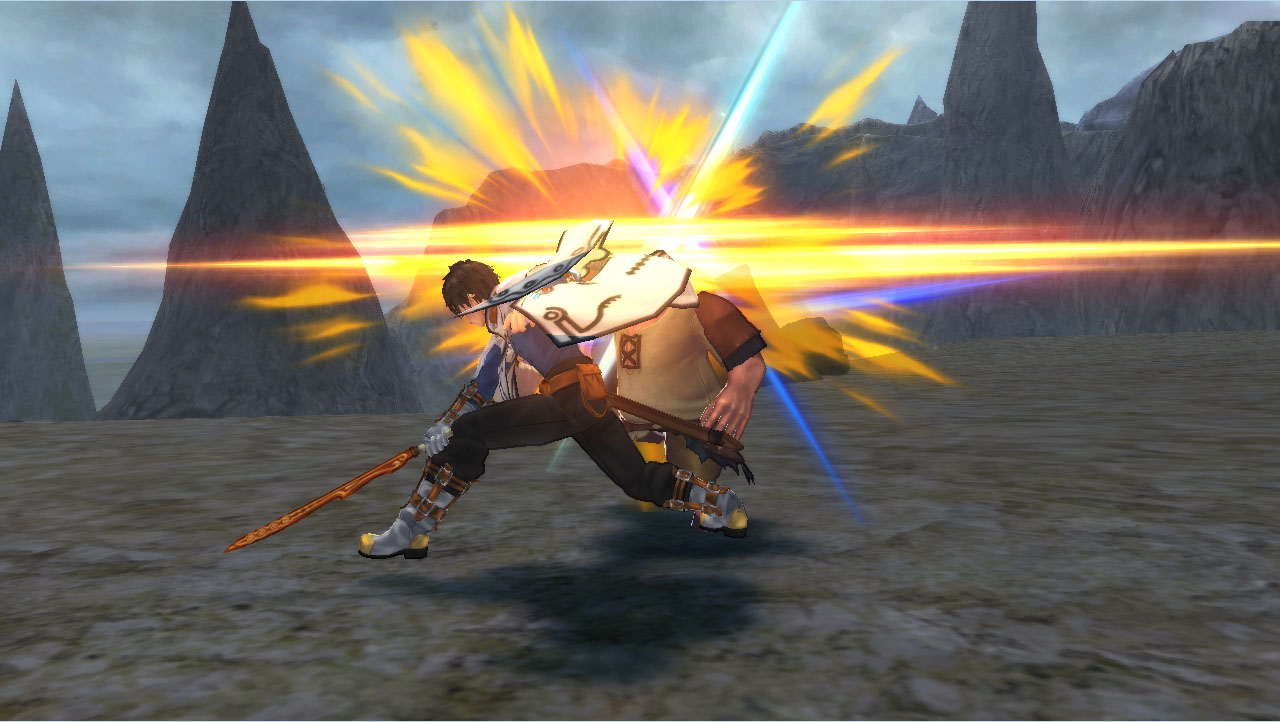
Tales of Zestiria makes use of the Fusionic Chain-LMBS, which features seamless transition between field and battles, the ability of Sorey and Rose to armatize with a seraph, the ability to quickstep and to free run and incorporates a mix of conventional arte use and performing combos akin to the previous CC (chain capacity) system in some of the previous games.
Real Map System

This feature lets the player enter battle right away once encountering the enemy symbol/model that’s walking around on the field or dungeon map. There are no transitions in-between field to battles anymore (well, there’s a slight transition but it’s almost negligible). The background terrain even stays the same in battle, and depending on the terrain, where you fight may be advantageous or a problem. ABasically, it’s a (semi) seamless transition between on field walking and into battle.
Restrictions
In Tales of Zestiria, though you are allowed to control the Seraphim like Mikleo, Lailah, Edna, Dezel and Zaveid. You’ll find that most of the time you’ll be focused on controlling the human characters (meaning Sorey, Rose and Alisha), particularly Sorey and Rose for the Armatizations.
There is a sort of partner system, where each human character in the party can have a Seraphim partner. That said, this restricts the members of the active party to always have a balance in numbers between human and Seraphim. For example, if your entire party only has Sorey as its sole human and has the rest of the Seraphim, then only ONE Seraphim can actually enter the battle with you. The partner Seraphim of your controlled character can be changed with the directional pad buttons. A knocked out Seraphim can be switched out for a conscious one, and while off screen, the knocked out Seraphim can be given time to recover.
For Armatization, only Sorey and Rose can Armatize. Alisha cannot.
Spirit Chain (SC)
SC is a gauge that reflects the energy a character has and is used in creating combos. The maximum is 100, but a character always starts with his/her initial SC in battle. It is used by performing actions, such as artes and quickstepping, and can be replenished by standing idle, guarding, completing combos, defeating enemies or just moving around (not including Free Run). As you use artes repeatedly and increase its star rank, it’ll lessen the SC required to be performed. Other features of SC include having low SC increases damage dealt while having high SC increases defense.
Quickstep
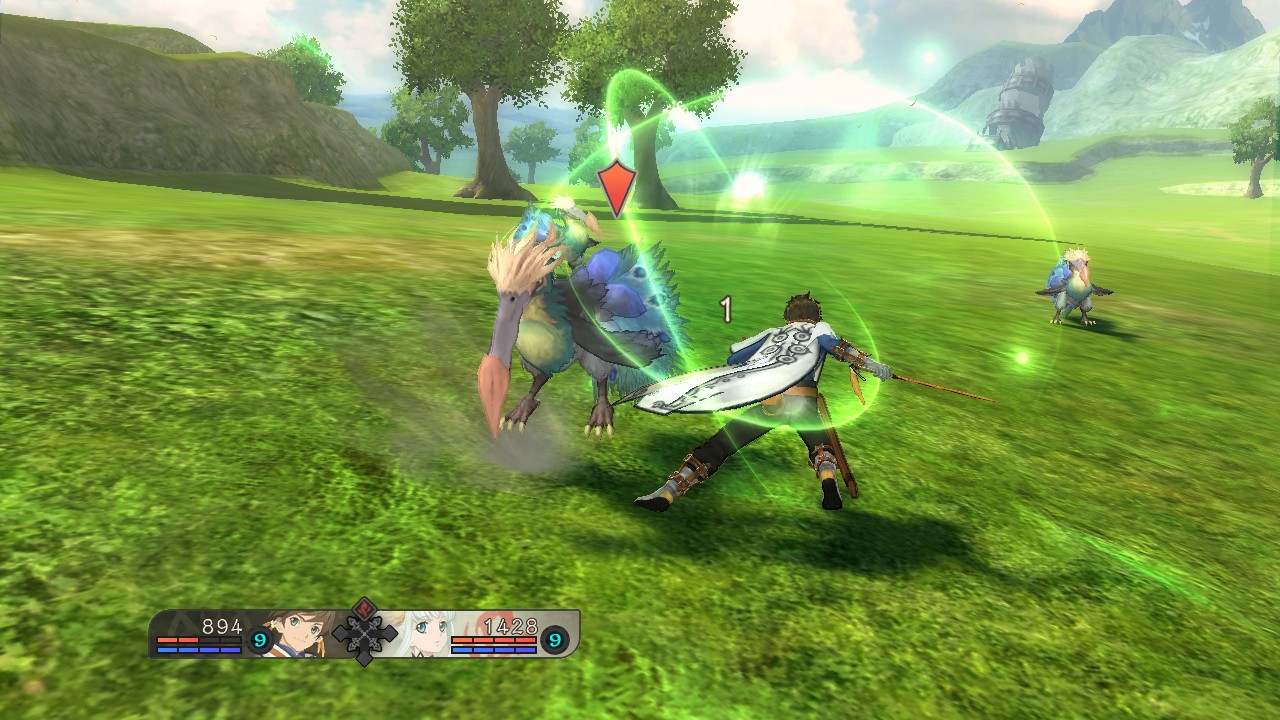
Quickstepping can be done left or right, forward or backward with the Square + Left Stick. Quickstepping costs SC, but successfully using a Quickstep to evade will recover some SC.
Blast Gauge (BG)
The blast gauge are used to perform more powerful attacks. Normally, up to 3 BG can be stored at a time. It can be built by guarding or evading enemies with quick step while in the normal state. Attacking doesn’t normally fill it, but certain skills can make it recharge through attacks.
Chain Blast
In the normal state, a Chain Blast can be performed by performing a 3-hit combo by holding down the R button. This uses up 1 BG and recover 50 SC, and also continues the combo. Once done though, it resets the combo count.
Partner Blast
Similar to Chain Blast, hold R2 after the 3-hit combo. This will consume 1 BG, restore 50 SC to a partner and then instantly perform a follow-up attack on your target with your partner.
Blow Blast
With the use of 1 BG, you can perform a special attack that will almost invariably knock down the enemy.
Armatization





Sorey, and eventually Rose, have the ability to fuse with their partner Seraphim, allowing them to take on a more powerful form via Armatization. Pressing L1 will Armatize, consuming 1 BG. This more powerful form combines the controlled human and the Seraphim’s stats and equipment skill effects. In addition, if the human character is knocked out, Armatizing with their partner Seraphim will revive them into the Armartized state. While Armatized, you can use Hidden and Seraphic Artes that are dependent on which Seraphim you’re Armatized with. Seraphic Arte casting time is greatly reduced, as well. Seraphic Artes can also be blocked while in this state. Armatization doesn’t have a time limit and can be removed by pressing L1 again, but note that it takes longer for BG to recover while Armatized. Pressing R2 can also cast a Rejuvenation that’s also dependent on which Seraphim you’re Armatized with.
Banish Blast
At the cost of 1 BG, a Banish Blast can be done, with double the chance of inflicting status ailments and have a high chance of stunning enemies. They can, however, leave you vulnerable. It is performed as a follow-up to a combo while pressing R2. Note that it has to be preceded by a combo, otherwise your character will perform a Rejuvenation instead.
Artes
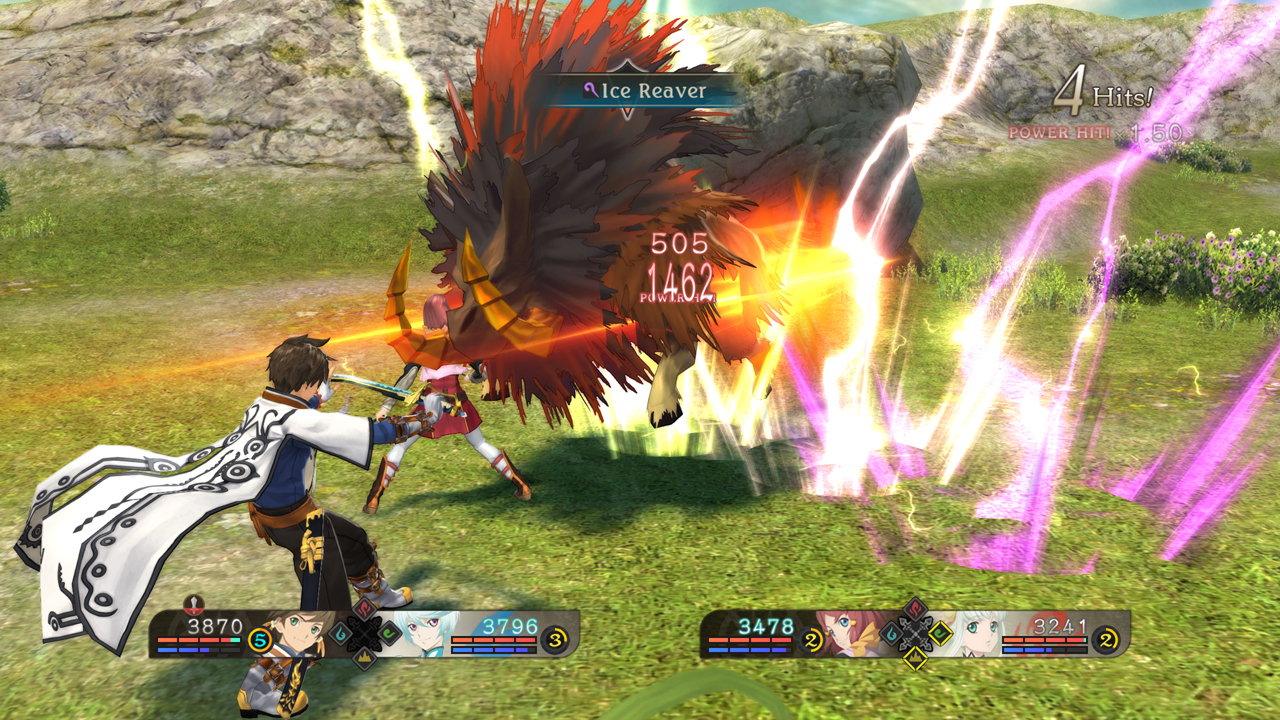
Artes are divided into martial artes, hidden artes and seraphic artes.
Martial Artes
Martial Artes are performed with the circle button. Depending on how many are locked to it, you can perform up to a 4-hit combo. They are grouped in combo sets relating to the left stick and can’t be modified manually, but some of the artes will change over time. Vertical movement on the left stick are for charging and piercing attacks while horizontal movement on the left stick are for mobile and area-of-effect attacks. Damage is determined by Attack and enemy Defense stats, their SC consumption is fairly low and they are able to interrupt Seraphic Arte casting.
Hidden Artes
Hidden artes are used with the X button and can be combined with Martial Artes for combos. Up to five Hidden Artes can be tied to the X button plus the directions of the left stick. Some Hidden Artes also have higher artes that can let you learn battle actions and that will let you perform the higher arte from the base arte. You’re immune from Martial Artes while performing Hidden Artes, but you can’t interrupt Seraphic Artes with them. SC cost is higher than Martial Artes, and damage is determined by Attack + Arte Attack and enemy’s Defense + Arte Defense stats.
Seraphic Artes
Like Hidden Artes, Seraphic Artes are also tied to the X button but have a casting time longer than the previous artes mentioned. Holding down X beyond the casting time will let you keep it charged, allowing the use of the left stick to switch targets. While casting, Hidden Artes cannot stagger you and will also halve your casting speed. Seraphic Artes also have higher artes. Damage is determined by your Arte Attack and enemy Arte Defense.
Mystic Artes
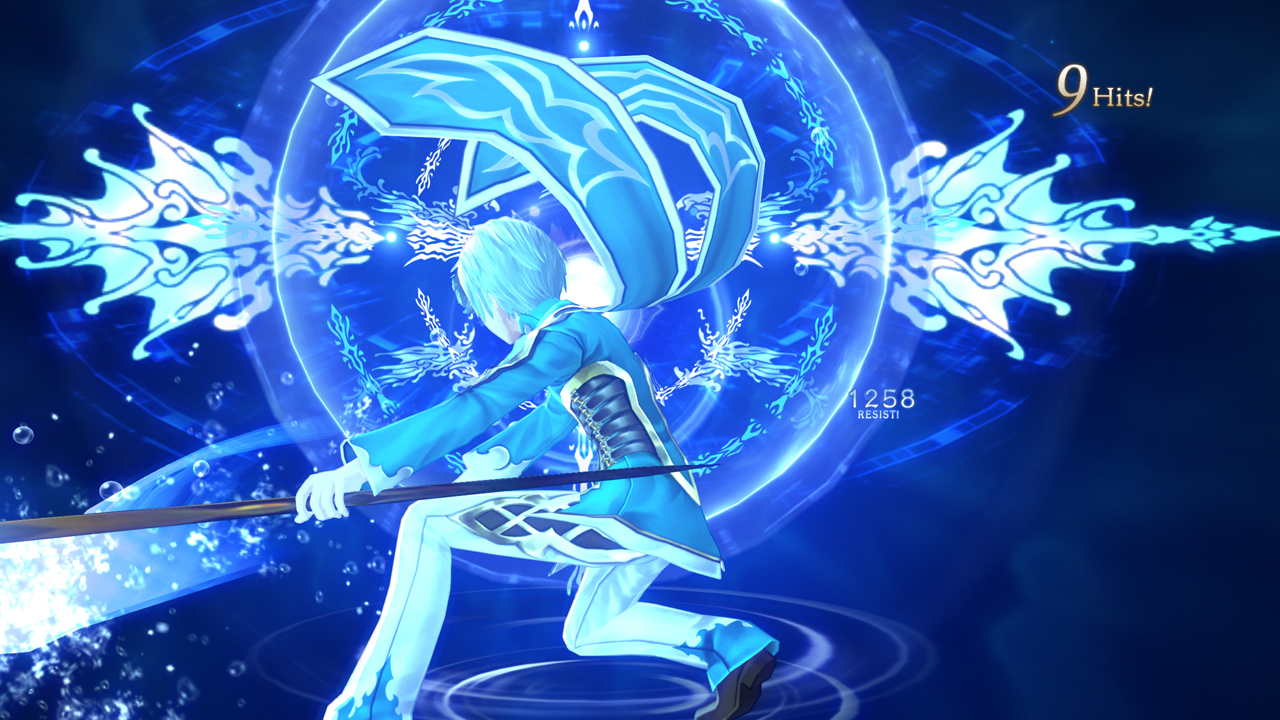
Mystic Artes are cast by holding down Circle + R2 during a combo while your BG is at 3 or greater. The targeted enemy must have taken damage during the combo or the arte will not activate. While in Armatized state, the BG requirement rises to 4. Some Mystic Artes, like the DLC ones, have a combo requirement.
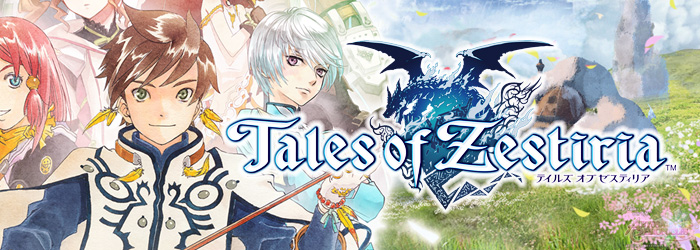 Tales of Zestiria is the Tales of Series' 20th anniversary title. After what was practically two online countdowns, the game was initially revealed during a Nico Nico Douga online streaming event last December 12, 2013. Within the same day, the game's localization was already announced by Bandai Namco's Western branches. Prior to its reveal, the game name had already been trademarked both in Japan and in the West, hinting at the localization. The game is named after the word "Zest" (?????) meaning passion or enthusiasm and has a prominent feature of dragons, as illustrated in the game logo.
Tales of Zestiria is the Tales of Series' 20th anniversary title. After what was practically two online countdowns, the game was initially revealed during a Nico Nico Douga online streaming event last December 12, 2013. Within the same day, the game's localization was already announced by Bandai Namco's Western branches. Prior to its reveal, the game name had already been trademarked both in Japan and in the West, hinting at the localization. The game is named after the word "Zest" (?????) meaning passion or enthusiasm and has a prominent feature of dragons, as illustrated in the game logo.